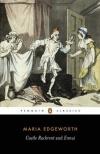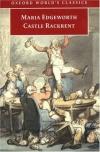
Set in Ireland prior to its achieving legislative independence from Britain in 1782, Castle Rackrent tells the story of three generations of an estate--owning family as seen through the eyes―and as told in the voice―of their longtime servant, Thady Quirk, recorded and commented on by an anonymous Editor. This edition …
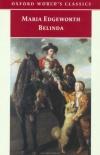
Belinda is an 1801 novel by the Irish writer Maria Edgeworth. It was first published in three volumes by Joseph Johnson of London, and was reprinted by Pandora Press in 1986. The novel was Edgeworth's second published, and was considered controversial in its day for its depiction of an interracial marriage. In its …

The Absentee is a novel by Maria Edgeworth, published in 1812 in Tales of Fashionable Life, that expresses the systemic evils of the absentee landlord class of Anglo-Irish and the desperate condition of the Irish peasantry. Just before coming of age, Lord Colambre, the sensitive hero of the novel, finds that his …
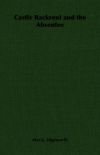
Castle Rackrent, a short novel by Maria Edgeworth published in 1800, is often regarded as the first historical novel, the first regional novel in English, the first Anglo-Irish novel, the first Big House novel and the first saga novel. It is also widely regarded as the first novel to use the device of a narrator who …

Helen is a novel by Maria Edgeworth. It was written in 1834, late in the writer's life, and was her last work.

Harrington is an 1817 novel by British novelist Maria Edgeworth. The novel was written in response to a letter from a Jewish-American reader who complained about Edgeworth's stereotypically anti-semitic portrayals of Jews in Castle Rackrent, Belinda, The Absentee, and her Moral Tales for children. The novel is an …
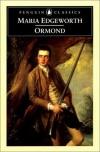
Ormond is a novel by Maria Edgeworth published in June 1817. It tells the story of Harry Ormond, a hero who rises from poverty to wealth. Set both in Ireland and France, the novel uses different places to represent different paths that Ormond might take and different political ideologies. Ireland and France are shown …

 English
English Español
Español Deutsch
Deutsch
